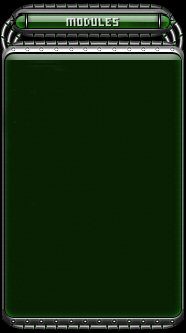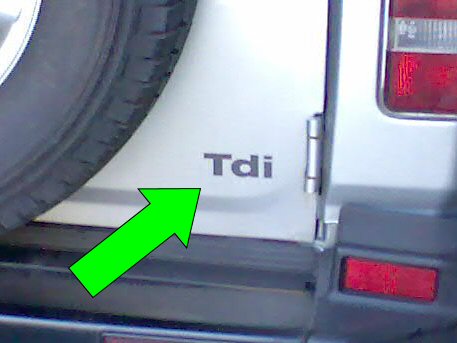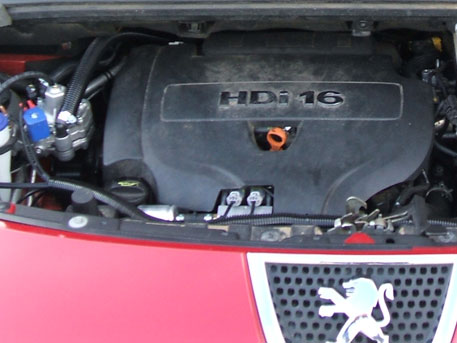



DIESEL LPG

System Description
The system utilises all the original parts of the diesel engine. The additional parts can be seen below. Positioning will obviously be different for trucks, but the principles remain the same.
1. LPG fuel tank
2. Fill connection
3. Gauge and fuel switch
4. LPG electronic control unit
5. Gas injectors
6. Vaporiser
7. Gas solenoid
Unlike a petrol vehicle, there is no spark in a diesel engine and the diesel is actually used to ignite the gas.
The system, in its entirety, is not complex. The LPG enters the engine along with the air and mixed before entering the intake manifold. With turbo and intercooled engines, a similar system is used, but in this case the gas is pushed into the engine at a slightly higher pressure than the intake manifold.
Advantages:
Using LPG in your engine has a number of advantages. When the gas is in the engine, it has some very beneficial properties, as seen below:
1. Full burn of the diesel, as opposed to a normal engine only burning about 80%. As a result of this, there is no black smoke seen from the exhaust.
2. Emissions are reduced significantly.
3. An economic saving of up to 25% in fuel costs.
4. Due to the nature in which the gas burns, a slight power increase is also noticed, we try to keep this below 10% to eliminate engine/gearbox damage.
5. As proven with petrol / LPG engines, being a clean, total burn fuel, the LPG actually seems to clean the engine, thus prolonging it's life.
The location of the tank is basically any space where it will fit. The tanks are smaller that for petrol conversions, due to the gas/diesel mix being about 15-20%.
Attached to the tank is a filler and then the pipe work to the front of the vehicle via a filter. The front end of the system is controlled via an electronic switch which houses the gauge so the level of gas in the tank can be seen in the cab.
The gas is controlled via a reducer that controls the amount of gas entering the engine and is heated via the water pipes in the vehicle.
On a turbo / intercooled vehicle, the pressure in the turbo is measured to obtain the entry pressure of the gas.
Emissions
The emissions from this system are much lower than other diesel engines and as a result, a converted vehicle may benefit from a reduced pollution.
Safety
The system has many safety measures built in. In the event of a gas line failing, there is an electronic shut off built into the tank so that it cannot leak. There are also two shutoffs in the engine bay. Also, most vehicles incorporate a tilt sensor so if the vehicle is rolled, then the gas is shut off. The system is set up so that if there is a gas problem then the vehicle will run on diesel as before the conversion.
The tanks are made of 3.5mm steel and tested to very high specifications and can withstand major impact..
Engine Wear
The way that the gas gives a total burn in the engine means that rather that making the engine worse, it actually improves it, so that it appears cleaner if stripped down.
CLICK IMAGE ABOVE TO SEE THE EXAMPLE OF DIESEL/LPG CONVERSION WE'VE DONE

Copyright © 2005 - 2012. Ozon Lpg Installations Ltd. All Rights Reserved.
Ozon LPG Installations Ltd, 28 George Place, Plymouth, Devon, United Kingdom
Registered in England
No: 5521364


